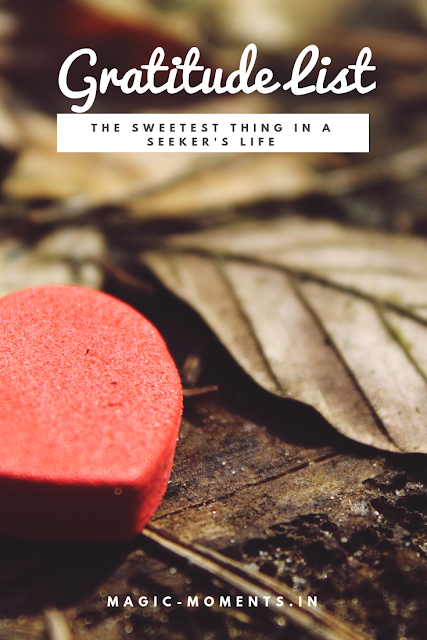Reading Inferno by Dan Brown
‘The darkest places in hell are reserved for those who
maintain their neutrality in times of moral crisis.’
This is the opening line of Dan Brown’s Inferno. The
experience of reading a hardcover book is awesome. First day is spent marveling
at the beautifully designed book cover, wow-ing the paintings (‘Map of Hell’)
on the inside of the hardcover, feeling the texture of the pages, admiring the
script itself, and hugging it without reading even the first chapter. As once
you start reading a Dan Brown book, nothing else can come into picture- just
the story and the facts strewn in between overwhelm your mind. And all the
leisure is spent thinking and rethinking the plot, the characters, and the
mystery and google-ing the facts. Though borrowed from a friend, for me this
was the best reading experience of the year.
The best thing about these thrillers is that they are full
of interesting facts, and painstakingly researched data. Learning about the
great plague in China and London- the Black Death, Dante Alighieri’s ‘Divine
Comedy’- Inferno, Purgatario, and Paradiso, Botticelli’s painting of the ‘Map
of Hell’, the transhumanist movement, was a wholesome of knowledge. And the
occasional quotes from Dante’s works revived my love for poetry. I never knew
the plague was of such intensity and so major a havoc in world history.
Thousands of books are written on it, both fiction and nonfiction, in diverse
languages. It brought the word 'quarantine' into our vocabulary, gave us 'The Pied Piper of Hamelin', and brought about rebirth in form of The Renaissance.
If you view from another perspective, every Dan Brown book
is more or less an adventurous travelogue too. Speeding through the old
Florentine streets, hiding in the Boboli Gardens, viewing the Piazza del duomo
and the Hall of Five hundred, gondola riding in the Grand Canyon of Venice,
visiting the Hagia Sophia in Istanbul, and running through the famous Spice
market, Robert Langdon and Sienna Brooks gave us both thrill and mesmerizing
tourist’s views.
The ending to the book was apt. I generally don’t like the
endings of Brown’s books, even though I thoroughly enjoy the journey. How
Robert and others prepare to face and adapt to the whole new and changed world,
was left to the reader to imagine. And the quote in the last chapter was quite
fitting to the global situation- ‘Remember today, for it’s the beginning of
forever.’










Comments
Post a Comment